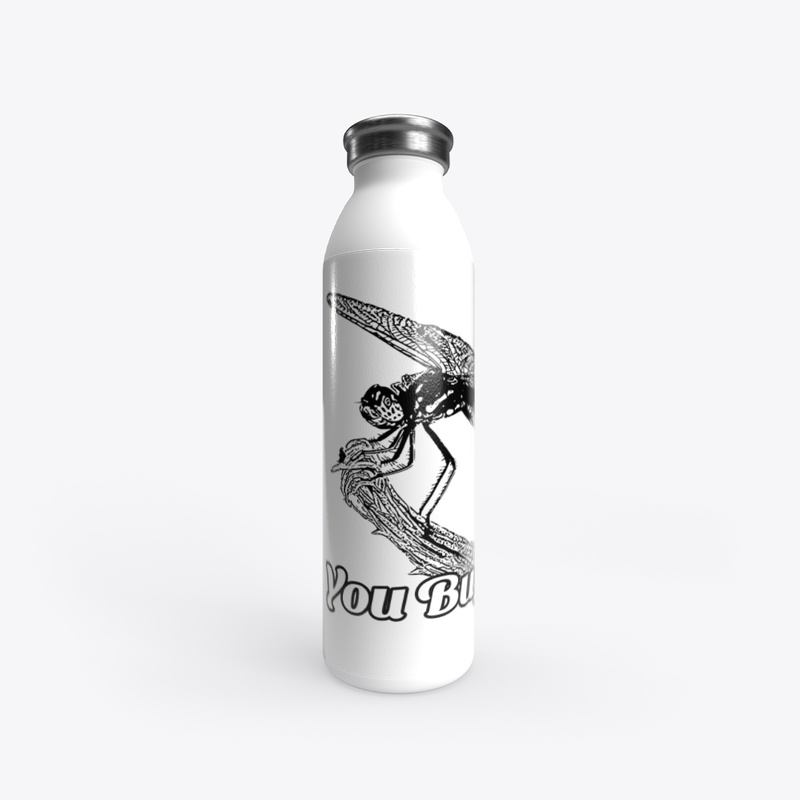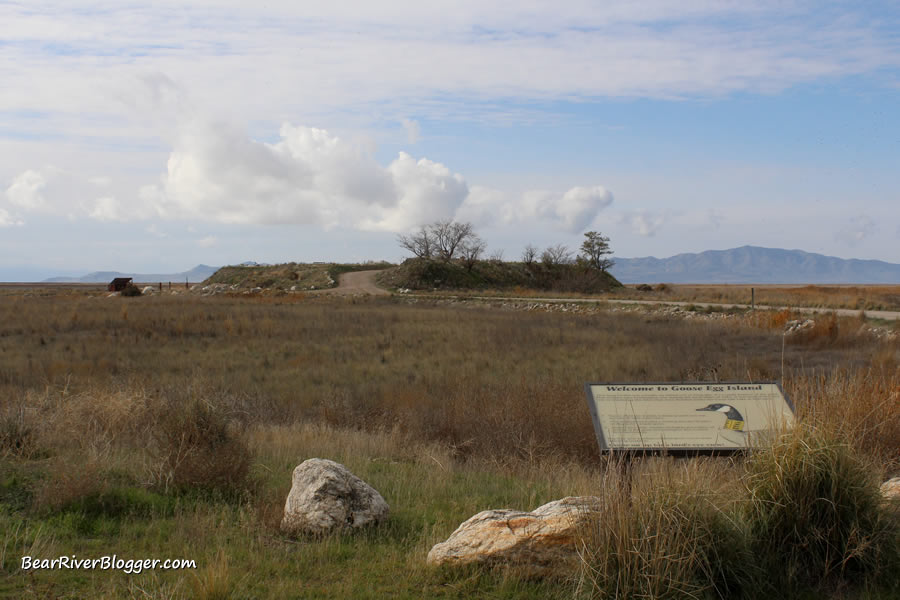Every time I visit Farmington Bay WMA, I am reminded as I drive by a large pile of dirt of the devastating floods Utah endured during the years of 1983 and 1984.
That pile of dirt, commonly referred to as Goose Egg Island, is a monument, of sorts, of a natural disaster that changed the landscape for years to come.
I was only a teenager back then, but I remember the floods and tragedies like it was yesterday.
Even our own yard, once adorned with a small, casual mountain stream running through it, was greatly and forever changed by the floods of that era.

For most people, especially those that didn’t experience the great floods of the early ’80s, Goose Egg Island might not have much meaning, but if you experienced those floods, it does have meaning, a lot of meaning, in fact.
The city of Farmington, Utah, a small farming town back then, is situated near the foothills of the Wasatch mountains.
During the winter and spring of 1983, Utah experienced an exceptional amount of rain and snow.
Couple that with some suddenly warm temperatures with already saturated mountain hillsides and, well, you have the recipe for a natural disaster.
And, unfortunately, that is exactly what happened in May of 1983 when mudslides covered parts of Farmington City, causing much damage to homes and properties in the affected area.
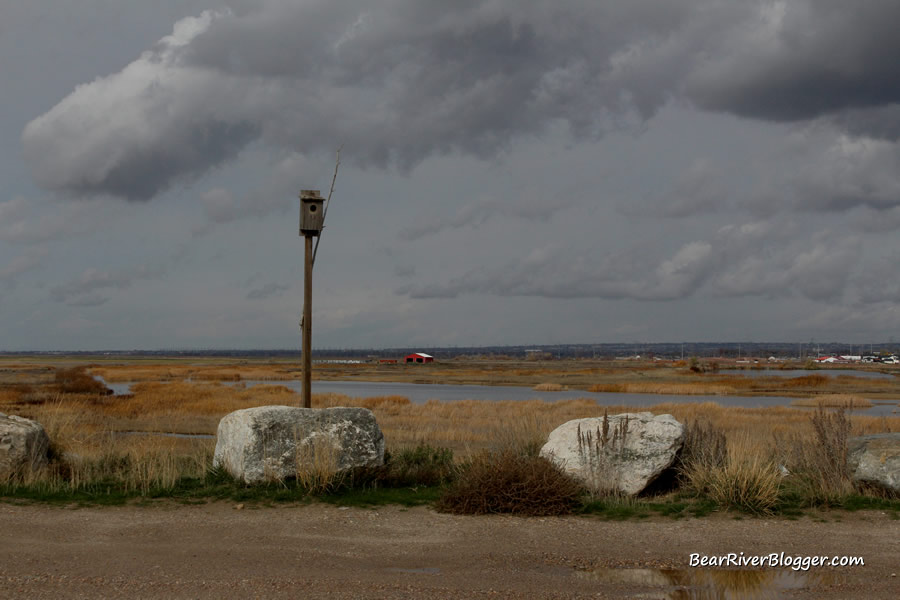
In order to help clean up the mess, a small portion of the mud debris was transported and dumped at Farmington Bay, in hopes of being used to repair some dikes being damaged by the already rising Great Salt Lake.
By the spring and summer of 1984, that mound of dirt was no longer just an ordinary mound of dirt, not by a long shot.
From a historically wet winter once again, the Great Salt Lake began to rise and didn’t stop until almost all of Farmington Bay was covered by the salty waters of the lake.
The only thing that was spared was, in fact, that large mound of dirt from the previous years’ mudslides in Farmington City that protruded up from the salty sea.

In effect, that mound of dirt became a literal island in a sea of saltwater that not only wiped out the wetlands of Farmington Bay but all the marshes up and down the lakeshore.
Even the Bear River Migratory Bird Refuge was underwater and greatly damaged from the rising salty waters of the Great Salt Lake.
One bright spot of all of this was 50 geese used the mound of dirt as nesting habitat, hence, eventually giving it the name Goose Egg Island.
This mound of dirt was literally what was left of Utah’s wetlands that year as the Great Salt Lake destroyed dikes and vegetation alike.
Each time I drive up and onto that large mound of dirt, my mind goes back to when I was a teenager having to help sandbag our neighborhood and help clean up debris for months on end.
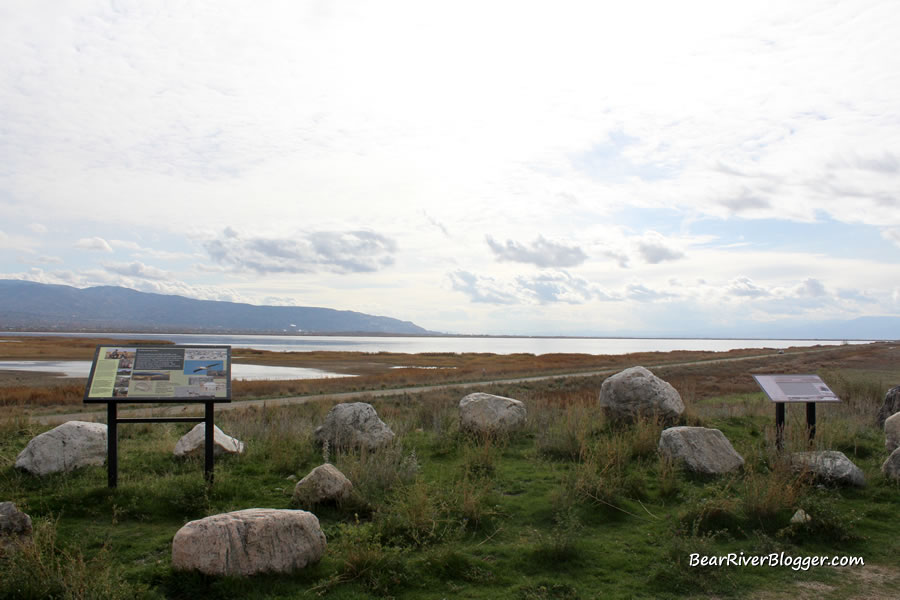
I guess in some way it stands as a triumph to still be able to drive atop Goose Egg Island and proclaim victory over the devastation that year caused for so many people, our family included, as well as the wetlands I love to visit.
All is back to normal now, as the wetlands have returned and so have the birds.
Each time I visit Farmington Bay, I take a drive up and onto Goose Egg Island and get a bird-eyes view of an area not only devastated by historic floods but also the place my dad took me on my very first bird watching trip.
Yes, Goose Egg Island is more than just a pile of dirt, a lot more.
It is history and a testament of how nature, as well as thousands of people, not only survived but eventually thrived from all of the devastation.
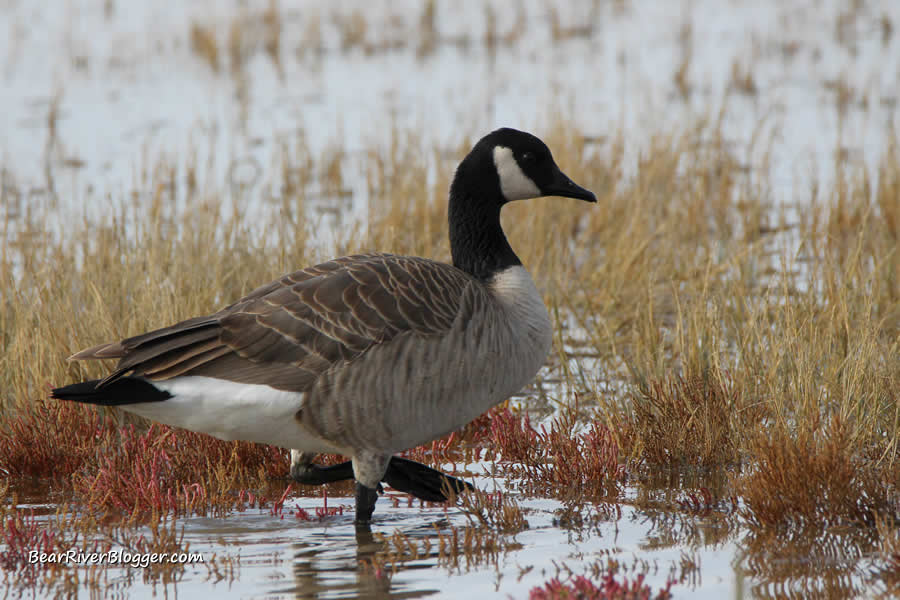
Next time you visit Farmington Bay, I hope you drive up and onto Goose Egg Island and appreciate what it stands for, as well as the scenery and wildlife that lives all around it.
Don’t forget to head on over to our subscribe page and sign up for email notifications for future blog posts.
We hope you also consider sharing any of the blog posts you are fond of on your social media outlets to help us grow.
We appreciate your readership and support for our efforts to bring you what we enjoy about birds and nature.
Nature Gifts
Use promo code save20 for 20% off this and all items in our online store Bird Shirts and More. “You Bug Me” Dragonfly Stainless Water Bottle
